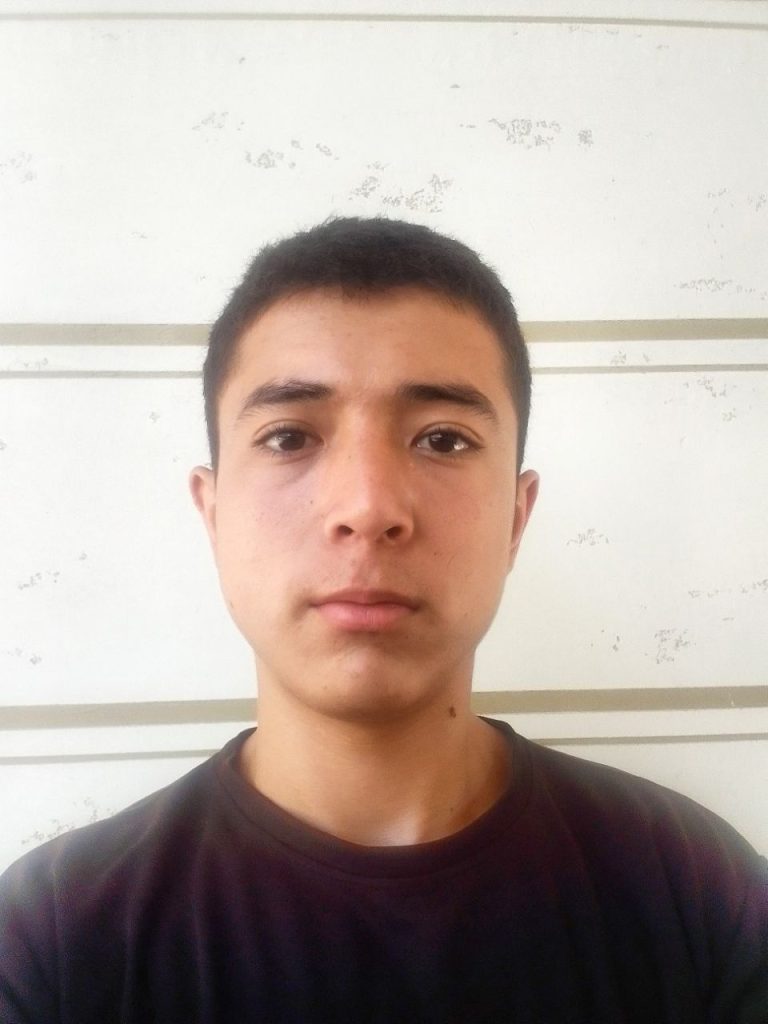
By Zikrillo Latipov
9th-grade student, Qo‘shtepa district, Fergana region
It was a summer evening in the year 2050 when I first visited the Bank of the Future.
In place of the old bank buildings now stood tall glass towers, glowing with soft light and energy.
As soon as I stepped inside, a small flying robot approached me with a cheerful tone:
— Hello! I’m your personal assistant. How can I help you today?
I was so amazed that I stood silent for a moment.
In the past, people had to wait in long queues and fill out piles of forms at the bank.
But here, all I had to do was place my finger on a scanner — and immediately, my personal cabin opened before me.
Inside, a transparent screen displayed all my accounts, savings, and even the loans I could receive in the future.
The robot spoke again:
— Your money is not only safe here; it is also being used to support clean energy projects and children’s education.
I felt as if I had stepped into a fairy-tale world. Money was no longer just numbers — it had become a force for good, a tool to make society better.
What fascinated me most was that without even leaving the bank, I could enter a virtual world to manage my finances or instantly send money to my friends in other countries.
When I left the bank and looked up at the sky, a thought crossed my mind:
> “So, the banks of the future are not just about money — they are bridges that turn human dreams into reality.”
